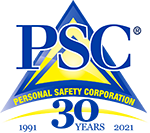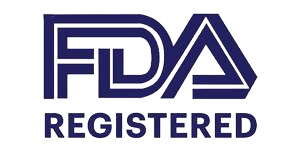Break the Fall Cycle in Your Nursing Home, Hospital or Home
Falls are a leading concern in acute care or long-term care facilities; falls are also a common problem. Anywhere from 45% to 70% of patients or residents in acute care hospitals, long-term care facilities or assisted living facilities experience one or more falls.
Falls are associated with:
- Significant physical and psychological complications, including injury (e.g., hip and other fractures),
- Immobility resulting in muscle weakness,
- Functional disabilities that can increase the risk of further falls,
- Psychological distress (e.g., depression, fear of falling), and
- Increased health care and legal costs.
Many falls occur with individuals who have mobility or cognitive impairments. Falls also take place during transfers from beds, chairs, wheelchairs, and toilets.
An effective fall management program is highly dependent on having a multidisciplinary approach aimed at reducing the risk of falls to include:
- Conducting fall risk and post-fall assessments,
- Designing targeted interventions based on identified risk factors,
- Evaluating the effectiveness of interventions, and
- A system for the diligent monitoring of individuals who are at risk for a fall.
As part of a multifaceted approach to fall prevention, bed and chair fall prevention alarms are widely used to monitor patients or residents who are at risk for falling and to alert staff members that an individual is at increased risk. Fall prevention alarms allow staff to intervene and prevent a fall or, in the event of a fall, to promptly care for the person who has fallen.
Source: Guide to Exit Alarms: Rein Tideisksaar, 2006 Health Professionals, Inc.
Fall prevention monitors serve as a fall prevention strategy; however the wide variety of monitors and monitor features being offered can be confusing for the individual responsible for ordering. Personal Safety Corporation has a trained staff with a patient centered focus approach to assist your staff by directing them to an alarm that fits each patient or resident’s unique situation.
PSC also offers free “Breaking The Fall Cycle” CE courses for our new and existing partners. We focus on the education of your staff to ensure proper usage of our broad line of highest quality, lowest priced fall management products.
 Here’s what the Center for Disease Control (CDC) suggests for preventing falls:
Here’s what the Center for Disease Control (CDC) suggests for preventing falls:
How can we prevent falls in nursing homes?
 Fall prevention takes a combination of medical treatment, rehabilitation, and environmental changes. The most effective interventions address multiple factors. Interventions include:
Fall prevention takes a combination of medical treatment, rehabilitation, and environmental changes. The most effective interventions address multiple factors. Interventions include:- Assessing patients after a fall to identify and address risk factors and treat the underlying medical conditions.
- Educating staff about fall risk factors and prevention strategies.
- Reviewing prescribed medicines to assess their potential risks and benefits and to minimize use.
- Making changes in the nursing home environment to make it easier for residents to move around safely. Such changes include putting in grab bars, adding raised toilet seats, lowering bed heights, and installing handrails in the hallways.
- Providing patients with hip pads that may prevent a hip fracture if a fall occurs.
- Using devices such as alarms that go off when patients try to get out of bed or move without help.


